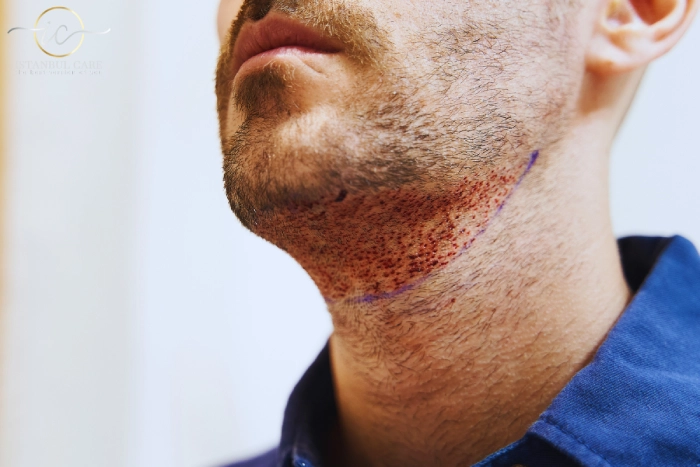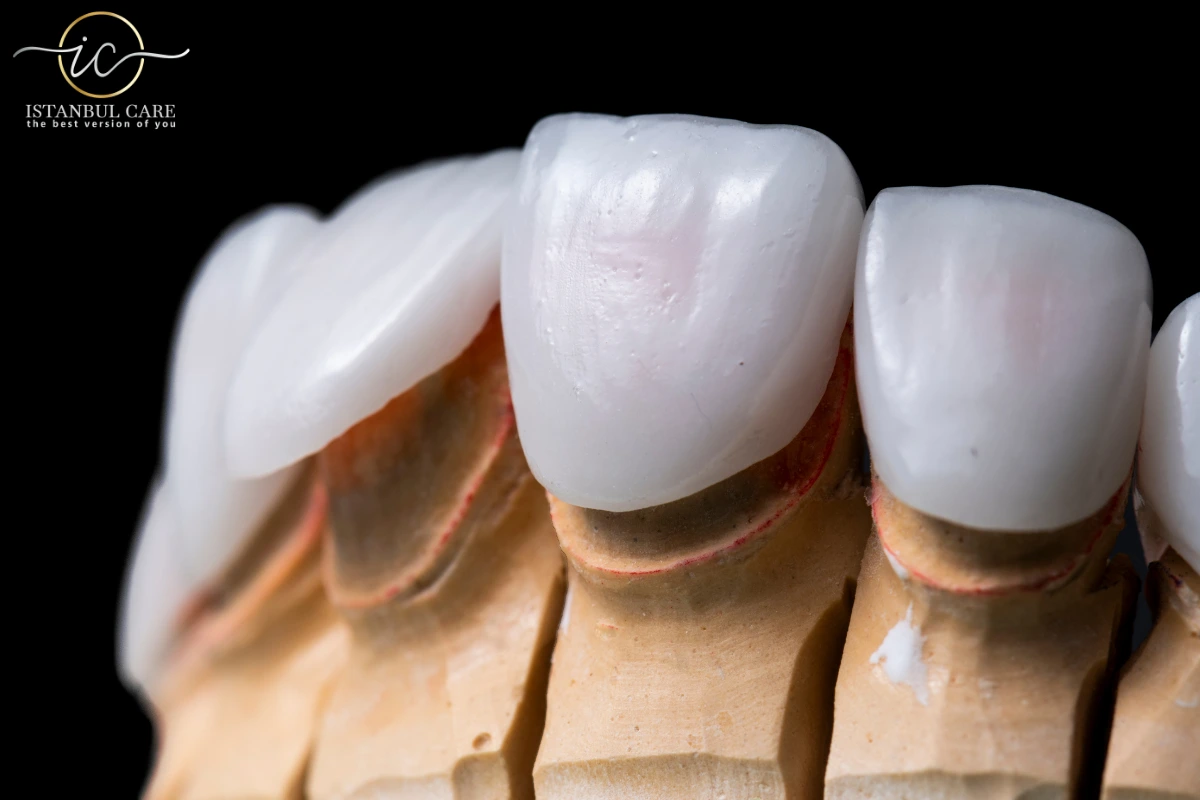Hair transplants have become an increasingly popular solution for people looking to restore their hair. However, many individuals wonder whether the time of year plays a role in the procedure’s success. The short answer is yes—the season you undergo a hair transplant can influence recovery, comfort, and even long-term results. In this article, we will delve into the effects of seasonal changes on hair implantation outcomes, assess the advantages and challenges of various seasons, and guide you through the best timing for your procedure.
How Seasonal Changes Affect Hair Transplant Outcomes
Seasonal changes can impact the body’s ability to heal and the post-operative care required following a hair transplant. While the actual procedure can be performed year-round, environmental factors like temperature, humidity, and sun exposure can affect your recovery process.
For example, warmer months might increase sweating and sun exposure, both of which can irritate the scalp and interfere with healing. On the other hand, colder months often encourage more downtime indoors, reducing the chances of sweating and outdoor exposure, which can benefit the healing process.
Key Factors Influenced by Season Include:
- Skin Sensitivity: Sun exposure can cause inflammation and irritation on the scalp after a hair transplant, leading to longer healing times.
- Sweating and Hygiene: High humidity levels can increase perspiration, which may affect the transplanted hair grafts and the healing scalp.
- Scalp Hydration: Cold air and central heating can lead to scalp dryness, which may impact recovery.
- Healing Time: The body’s ability to heal is influenced by how well post-operative care is managed, which may vary depending on seasonal environmental conditions.
Weather Conditions and Hair Transplant Success
Sun Exposure: Prolonged sun exposure can be detrimental to newly transplanted hair grafts. The scalp is particularly sensitive post-surgery, and ultraviolet (UV) rays can slow down the healing process or even cause damage to grafts. Therefore, if you choose to have your implantation during sunnier months, you must be extra cautious about covering your head and minimizing time in the sun.
Heat and Humidity: Excessive heat and humidity, common during summer, can lead to increased sweating, which might lead to infection or complications if not properly managed. Sweating can make the scalp more susceptible to irritation, increasing the risk of graft displacement.
Cold Weather: Winter’s cold, dry air can also affect your scalp post-transplant. Cold air combined with indoor heating can dry out the skin, potentially leading to itching or flaking. However, winter typically involves less outdoor activity, giving you more time to recover indoors.
Wind: Windy conditions can dry out the scalp or blow dirt and debris into the healing areas, so it’s important to protect your head when outside, regardless of the season.
Best Seasons for Hair Transplant Procedures
Determining the best time of year for your hair transplant depends on a variety of factors, including your lifestyle, local climate, and ability to follow post-operative care instructions. Here’s a breakdown of the seasons to help guide your decision:
Spring
Springtime is often seen as an optimal season for hair transplants. As the weather begins to warm up, temperatures are generally mild, avoiding the extremes of both winter’s cold and summer’s heat. You won’t have to worry as much about excessive sun exposure or perspiration, and the recovery process can proceed with minimal disruption.
Summer
While summer may be a popular vacation season, it does present some challenges for those considering a hair transplant. Increased sun exposure, high temperatures, and humidity can all interfere with the healing process. If you opt for a summer procedure, you’ll need to be diligent about sun protection and keeping the scalp cool and clean.
Autumn
Fall offers mild weather, making it another ideal time for a hair transplant. The sun is less intense, and the cooler weather means less sweating, reducing the risk of infection or complications. Additionally, many individuals find they have more downtime during the fall months, allowing them to rest and recover without much disruption to their daily lives.
Winter
Winter has its advantages, particularly for individuals who prefer to stay indoors during the healing period. With cooler temperatures, you won’t have to worry about sweating, and UV exposure is minimal. However, the dry air may require you to use moisturizing scalp treatments to prevent dryness and itching.
Why Timing Your Hair Transplant Is Crucial
Timing your hair transplantation is important for several reasons, primarily to ensure the best conditions for both your comfort and the success of the procedure. Factors to consider include:
- Healing Conditions: Certain seasons provide more favorable conditions for healing, reducing the risk of complications.
- Lifestyle: Your schedule and commitments may dictate the best time to undergo a procedure. For example, if your job or lifestyle allows for more downtime during the winter, that might be the best time for you.
- Post-Surgery Care: Some seasons will require more diligent aftercare due to environmental factors like heat, humidity, or dry air. If you’re unable to follow these precautions closely, it may impact your recovery.
- Aesthetic Preferences: Many people prefer to undergo the procedure when they have the least social commitments, such as during the colder months, allowing them to recover more privately.
Advantages of Winter Hair Transplants
Winter may not be everyone’s favorite season, but it can offer distinct advantages for those seeking a hair transplant:
- Less Sun Exposure: With shorter daylight hours and weaker sunlight, the risk of UV damage is significantly lower.
- Cool Temperatures: The cool weather minimizes sweating, reducing the risk of infection or irritation in the healing scalp.
- More Downtime: Many people take extended breaks or holidays during the winter, offering more time for rest and recovery.
- Discreet Recovery: Hats and scarves are common winter accessories, making it easier to conceal the procedure during the early stages of healing.
Challenges of Summer Hair Transplants
While summer may seem like a convenient time for a hair transplant, it comes with its challenges:
- High UV Exposure: The strong summer sun can be harmful to the sensitive scalp and newly transplanted hair grafts.
- Increased Sweating: Hot weather leads to more perspiration, which can interfere with healing and increase the risk of infection.
- Outdoor Activities: Many people spend more time outdoors during the summer, increasing the chances of exposure to environmental factors that could hinder recovery.
If you’re set on having a summer hair transplant, it’s essential to take extra precautions like wearing a wide-brimmed hat and avoiding outdoor activities that may cause excessive sweating.
Planning Your Hair Transplant: Key Considerations
When planning a hair transplant, consider not only the season but also your schedule, ability to adhere to aftercare guidelines, and willingness to adjust your activities based on environmental factors. The ideal time for you may depend on:
- Your job and how much time you can take off for recovery.
- Social engagements or important events shortly.
- The climate of your location and the typical weather patterns during recovery.
- Your ability to avoid sun exposure or outdoor activities if necessary.
Preparing for a Hair Transplant Depending on the Season
Once you’ve chosen a season for your hair transplant, you can tailor your preparation and recovery plan accordingly:
- Spring/Fall Preparation: These seasons are mild, so you’ll just need to avoid extreme weather conditions and practice basic aftercare.
- Summer Preparation: To counteract the effects of the heat, stock up on hats and sunscreen, and plan to spend more time indoors. Make sure to drink plenty of water to stay hydrated, as dehydration can affect recovery.
- Winter Preparation: Invest in moisturizing scalp treatments to prevent dryness and ensure you have comfortable indoor spaces to rest and recover. Consider wearing loose-fitting winter hats to protect your scalp without irritating it.
Conclusion
While hair transplants can be successfully performed year-round, seasonal factors play a role in the recovery process and overall success of the procedure. Spring and fall are generally considered the best seasons due to mild weather conditions, while winter offers discreet recovery opportunities and minimal sun exposure. Summer, though possible, requires extra care due to heat and UV rays. Ultimately, the best time for your hair transplantation depends on your lifestyle, climate, and ability to adhere to post-operative care instructions. By planning and considering seasonal effects, you can maximize the chances of a successful and smooth hair transplantation recovery.




